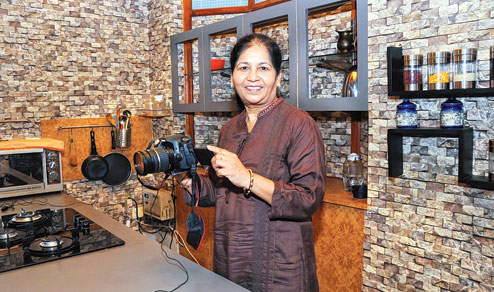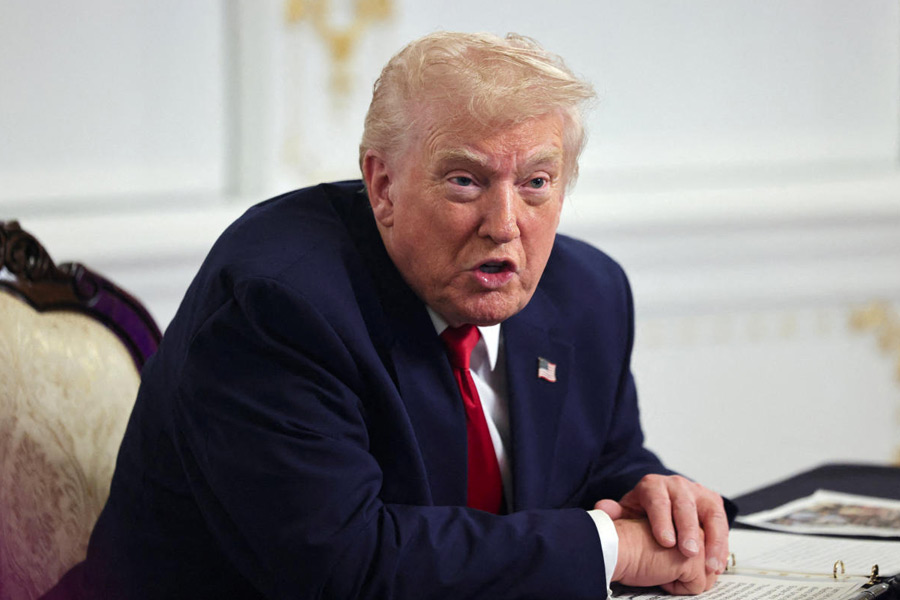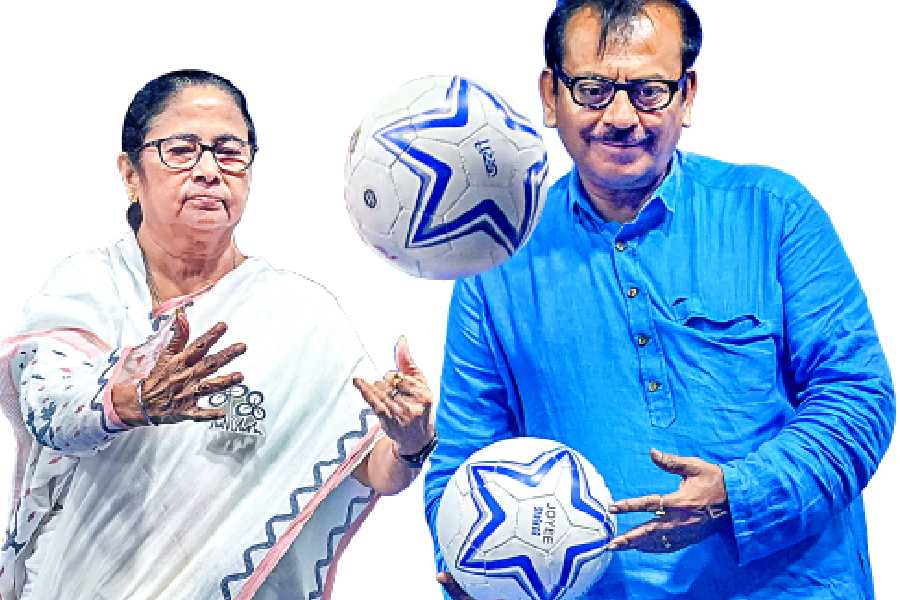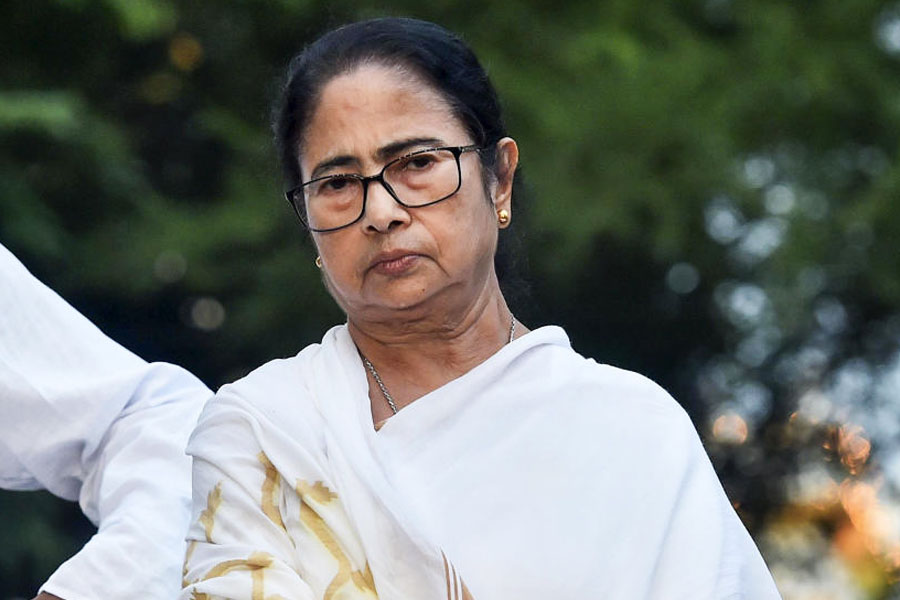 |
| Home made: Nisha Madhulika and Sonal Sagaraya (below) found fame online with their videos |
Fame came to Nisha Madhulika in the form of a recipe for rose water. With a handycam, the 52-year-old homemaker and her son had shot a video while she prepared gulab jal — used in Indian sweets and dishes such as biryani — and then uploaded it on YouTube. And overnight she became famous.
“Thousands saw it within days of it being uploaded and hundreds wrote praising the recipe,” says Madhulika of her first-ever video which she uploaded this time last year. “I never thought that so many people would like my simple recipe,” she adds.
Madhulika, wife of a software company owner, found the appreciation so overwhelming that she started uploading videos regularly, drawing thousands of eyeballs every day. A recipe for an eggless cake in a pressure cooker was seen 5.65 lakh times. A vegetarian who cooks without onions and garlic, her pure vegetarian dishes on YouTube became a rage.
 |
Her fame didn’t go unnoticed. A few months ago, YouTube came up with a proposal that she couldn’t say no to. It offered Madhulika a partnership: advertisements would start appearing with her videos and YouTube would split the revenue generated by the ads. “Cooking has always been my passion but I had never done it for money. But this was different. I was getting paid for my fame and I had no problem with that,” she says.
The partnership has been so profitable that Madhulika now has a studio on the first floor of her sprawling bungalow in a leafy neighbourhood of Noida on the outskirts of Delhi. The studio is designed like a kitchen with a gas stove, a microwave oven, and other kitchen essentials. Three studio lights and two cameras in front of the main counter are her constant companions when she is cooking there. And she employs professionals to edit her videos.
Madhulika is one of the many successes of the YouTube Partner Programme (YPP), which was introduced to India in late 2011.
According to David MacDonald, head of YouTube content operations in Asia Pacific, YouTube has been a great platform for Indian content as demonstrated by the successes of the Indian Premier League and YouTube’s Bollywood studio partners. YPP, he adds, was an extension of that.
“Launching the YPP in India is our way of opening up that very platform to all media companies and original video content creators in India to help them monetise their content on YouTube platform,” MacDonald says.
 |
| An expert on Homeveda YouTube channel |
Seema Arora, a Delhi-based homemaker, is one such original content creator who has benefited from the initiative. Arora was one day searching for some free educational videos online to teach her son the basics of science. When she couldn’t find any, she decided to create an animation video with the help of her husband and upload it on YouTube to share it with her friends.
“People started asking for more such videos. There were demands even from America. That’s when we thought of opening a channel Make Me Genius on YouTube and also monetise it,” says Arora, 41.
Signing on to YPP brought in more revenue. The Aroras now create educational content for primary and middle school children, creating about three videos a month. While she spends around Rs 25,000 on a video (she employs professionals for the animation), Seema Arora claims that she makes more than double the amount through YPP.
According to an estimate, content creators who are part of the YPP are paid $3-5 per thousand views. Viewers of content created by people like Madhulika and Arora run into tens of thousands every month.
Content creators who are interested in becoming a part of the YPP can opt for the option on the site. But more often than not, YouTube gets in touch with those who upload popular original content and persuade them to become partners. The free video-sharing site also has a dedicated team in India with an online tutorial support that helps creators improve their skills on building their audiences.
According to YouTube there is a strong demand for Indian content. MacDonald says it has over a million content creators from 30 countries who make money through this programme, and India is one of the top countries.
India has around 140 million Internet users. Out of these almost 70 million access the Net through their mobile devices. The overall Internet using population in the country, says Google, is set to reach almost 300 million in the next two years.
It is to tap this growth that companies have been formed with the sole focus on producing content for YouTube. One such company, Homeveda Media Labs Pvt. Ltd, creates video content on natural remedies for health and beauty concerns. It deals with a wide range of beauty issues — from losing weight to having shiny long hair or increase one’s breast size on its channel on YouTube. According to Homeveda, its videos have clocked around 13.5 million views.
“YouTube is the medium that most people flock to for on-demand solutions. The audience growth has been phenomenal,” says Hitesh Bhagia, 28, a management graduate from IIM,Kozhikode, and one of the founders of Homeveda.
But not everybody can become a member of YPP. According to YouTube, some requirements have to be met. You have to create original videos suitable for online streaming. You should have permission to use and monetise all audio and video content that you upload. You have to be regular with the uploads.
Not everybody finds it easy to keep the videos flowing. The videos of self-taught make-up artist Sonal Sagaraya — on make-up and application — were a huge hit to begin with, prompting YouTube to offer her a YPP. But she soon realised that others were uploading similar videos.
“The competition is very tough. Unless you have something unique to offer every time, traffic thins out,” says Mumbai-based Sagaraya, 21. But the exposure opened other avenues for her. A popular cosmetics company noticed that she used its products and now invites her to all its product launches. She also reviews the cosmetic brand on YouTube.
“Despite a fall in the numbers, I am still able to make some money on my videos,” she says.
Clearly, if you have an idea and a camera, money will follow.










